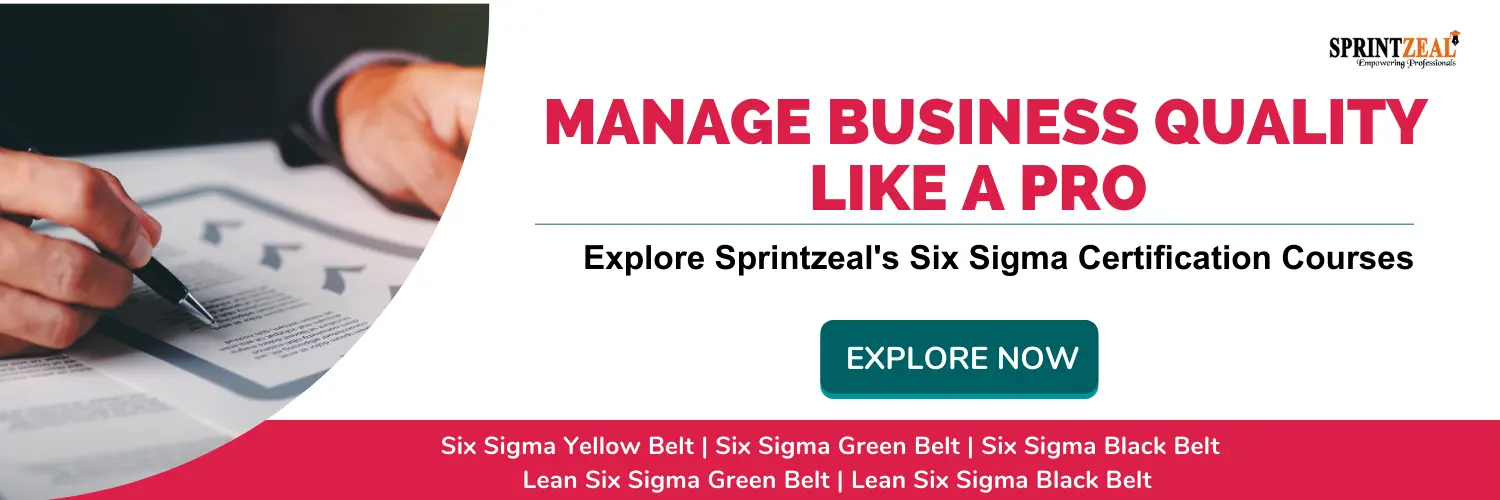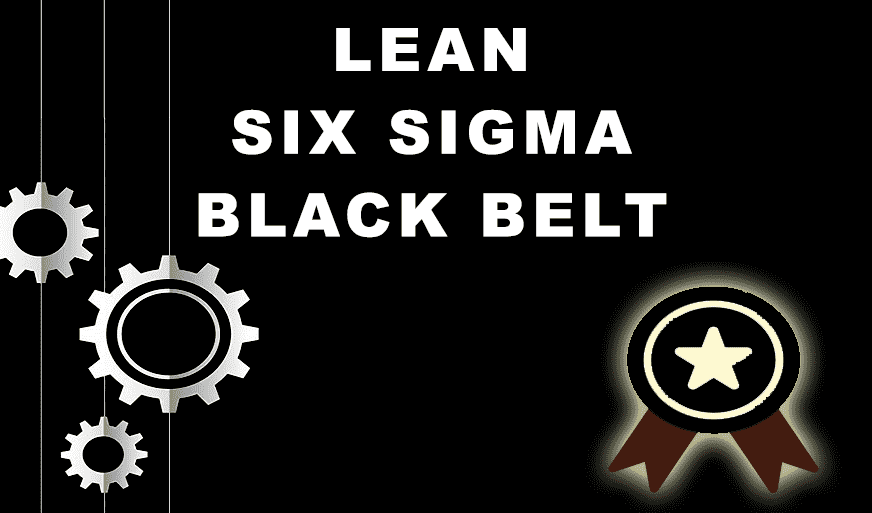Step-by-Step Implementation Guide to ISO 9001
-
 By Afra Noorain
By Afra Noorain - Published on Jul 11 2024

Table of Contents
Introduction to ISO 9001
The ISO 9001 is an international standard for a quality management system (QMS). This standard has the potency to transform any organization into one that offers products and services that meet customer and regulatory requirements continuously. On the other hand, ISO 9001 certification comes with a complete process that requires immense planning and implementation. Hence, this guideline will help you put the ISO 9001 standard into practice by following a step-by-step approach to making your organization a robust QMS.
Understanding ISO 9001
ISO 9000 provides an overview of quality management principles, while ISO 9001 details the specific requirements for achieving compliance. The fundamental principles are:
- Customer Focus: Satisfies the requirements and expectations of customers.
- Leadership: Develop leadership and commitment at all levels.
- People Engagement: Engage and empower employees.
- Process approach: The activities should be managed as processes.
- Betterment: Continuously improving performance.
- Decision Making: Data-based decisions that are evidence.
- Relationship Management: Management of the relationships with interested parties.
Step-by-Step ISO 9001 Implementation
Follow these steps to successfully implement ISO 9001 in your organization.
Step 1: Obtain Senior Management Support
Getting top management's support and commitment is the first and most important stage. Explain to them what the benefits of ISO 9001 are: better efficiency at a lesser cost, and customer satisfaction. Get their agreement to provide whatever resources are needed for its implementation.
Step 2: Understand the ISO 9001 requirements
An understanding of ISO 9001 and ISO 9000 standards is essential for successful implementation. These principles include customer focus, leadership, stakeholder engagement, management style, development, evidence-based decision-making, and relationship management.
Step 3: Gap Analysis
Compare what you do against the requirements of ISO 9001 and conduct a gap analysis. Secondly, identify areas for improvement in your organization. It is in the planning process of this exercise that you develop an action plan with defined roles and responsibilities to address these gaps.
Step 4: Quality Management System (QMS) implementation
Implement a structured approach for establishing your QMS. This shall include:
Quality Manual: Document your quality policy and quality objectives; describe the overall structure of your QMS.
Procedures: Define and document processes and controls.
Work Instructions: Provide detailed guidelines on the performance of tasks.
Forms and Records: Document the tracking of the quality management system (QMS).

Step 5: Operational Planning and Control
Implement the QMS by documenting policies, procedures, and objectives. This step includes:
Operational Planning and Control: Ensure that processes are planned and under control.
Requirements Determination: Establish what the services or products will entail.
Design and Development: Products and services are designed and developed to meet needs. Follow-up delivery: management of service delivery and outsourcing.
Control of Nonconforming Outputs: Address products and services that do not meet requirements.
Step 6: Monitor and Measure Performance
So check your quality management system (QMS) is effective, by establishing your Metrics and KPIs. Monitor regularly for measurement on:
Process Performance: Measure process performance. Product and Service Quality: Ensure that outputs fulfill consumer and regulatory standards.
Internal audits: Conduct audits to determine areas for improvement.
Step 7: Seek Certification
After operating the quality management system (QMS) for several months, initiate the certification process. The auditor will check your QMS for conformance to the requirements in ISO 9001. You will obtain ISO 9001 certification if your company satisfies the standards and the registration audit is successful.
Step 8: Continual Improvement of QMS
ISO 9001 promotes continual improvement. Use the monitoring and measuring findings to identify areas for improvement. Implement corrective and preventative measures to resolve current issues and improve the efficacy of the QMS.
Challenges and Solutions
Implementation of ISO 9001 can be difficult. Typical challenges in the implementation process include:
- Resistance to change: Engage with employees and show the benefits of implementing ISO 9001.
- Inadequate Management Commitment: Secure the ongoing commitment and involvement of senior management.
- This impinges on limited resources: Allocate enough time for training, documentation, and implementation.
- Inadequate Awareness and Understanding: Provide detailed appropriation, training, and awareness about requirements under ISO 9001.
- Inadequate Documentation: Develop clear, concise documentation to support quality management system (QMS) processes.

Training and Certification
Training is important in implementing ISO 9001. Professional training courses provide an enhancement of skills and expertise for your team. The following are courses that may be considered:
- ISO 9001 Foundation: Extensive knowledge of ISO 9001.
- ISO 9001 Lead Implementer: Skill in implementing and managing a QMS.
- ISO 9001 Lead Auditor: Certification to perform and lead audits of QMS.
Conclusion
Implementation of ISO 9001, therefore, is one strategic step towards improving performance and customer satisfaction in your organization. This step-by-step guide gives you all that is necessary to design a robust quality management system (QMS) concerning ISO 9001 indicators that drive continuous business improvement. A proper plan and resources, coupled with the commitment to achieving ISO 9001 certification, will lead any organization seeking it on a satisfying journey towards long-lasting success.
Sprintzeal offers several ISO training courses to help achieve certification and professional skills. Take a look at our ISO 13485 Foundation, ISO 45001 Foundation, and ISO 9001 Foundation courses to get knowledge about the overview of these standards.
Get in touch with us right now to find out more about how we can support your ISO certification.
Remember to subscribe to our newsletter to stay up-to-date on all the latest developments and take advantage of any unique offers.
Feel free to write to us for any queries or help. Begin your ISO Certification with Sprintzeal and ensure you have enabled the best quality and efficiency standards in your organization.
Subscribe to our Newsletters
Popular Programs
Trending Posts
Learn about Statistical Process Control (SPC) and its top applications
Last updated on Mar 21 2023
The Lean Continuous Improvement Model: A Comprehensive Guide
Last updated on Nov 7 2023
Overcoming Common Challenges in ISO 9001 Certification: Tips and Best Practices
Last updated on Sep 9 2024
Total Quality Management (TQM) vs. Six Sigma
Last updated on Oct 10 2024
8 Wastes of Lean - Strategies for Identification and Elimination
Last updated on Dec 27 2023
Senior Quality Manager Interview Questions and Answers 2024
Last updated on Nov 28 2023
Categories
- Agile Management 54
- AI and Machine Learning 42
- Big Data 53
- Business Management 51
- Cloud Computing 44
- Digital Marketing 56
- Information Security 8
- IT Hardware and Networking 17
- IT Security 103
- IT Service Management 29
- Leadership and Management 1
- Microsoft Program 2
- Other 43
- Programming Language 31
- Project Management 162
- Quality Management 75
- Risk Management 8
- Workplace Skill Building 2
Trending Now
Top Career benefits of Lean Six Sigma Green Belt
ArticleLean methodology, Six Sigma methodology and Lean Six Sigma Explained
ArticleSix Sigma Black Belt Certification – Value and Career Benefits in 2024
ArticlePareto Chart in Six Sigma - Explained
ArticleQuality Management Interview Questions 2024
ArticleSix Sigma Certification Guide - A Professional's Guide
ArticleSix Sigma Yellow Belt Certification - Six Sigma for Beginners
ArticleQuality Control Explained – Six Sigma
ArticleTotal Quality Management - A Complete Guide for Beginners
ArticleQuality Assurance in Six Sigma Explained
ArticleQuality Assurance vs Quality Control
ArticleSix Sigma Certification – Everything you Need to Know About Getting Certified
ArticleLean Six Sigma on Resume for Rewarding Career Benefits
ArticleQuality Manager Interview Questions and Answers for 2025
ebookService Delivery Manager Interview Questions and Answers (With Examples)
ArticleSix Sigma Interview Questions and Answers 2024
ArticleHow to become a Quality Analyst
ArticleA Supply Chain Management Guide to Mastering Logistics End to End
ArticleSenior Quality Manager Interview Questions and Answers 2024
ArticleTop 30 Quality Analyst Interview Questions and Answers 2025
ArticleFinancial Analyst Interview Questions and Answers 2024
ArticleRisk Manager Interview Questions and Answers 2024
ArticleCompliance Manager Interview Questions and Answers 2024
ArticleOperation Manager Interview Questions and Answers
Article5 Lean Continuous Improvement Principles to Supercharge Your Operations
ArticleHow to Become a Quality Manager - Career, Job Scope and Certifications
ArticleEssential Components of a Quality Management System
ArticleSix Sigma Certifications - Reasons Why you Should Get Them
ArticleTop Qualities of a Good Manager and a Leader
ArticleLearn about Statistical Process Control (SPC) and its top applications
ArticleCost of Poor Quality - A Detailed Guide
ArticleImplementing 5S Methodology for Better Work Efficiency
ArticleWhat Is Lean Management?
ArticleBest Six Sigma Books in 2024
ArticleLeadership vs Management - The Ultimate Guide
ArticleQuality Assurance Plan - Six Steps To Quality Assurance Plan
ArticleOperational Planning Creation, Key Elements and its Benefits
ArticleA Complete Guide to Product Life Cycle Stages 2025
ArticleSix Sigma tools for DMAIC Phases
ArticleWhat Is Lean Manufacturing?- An Overview
ArticleThe Lean Continuous Improvement Model: A Comprehensive Guide
ArticleDMAIC vs. DMADV: Key Differences and Choosing the Right Six Sigma Methodology
ArticleA Deep Dive into the Power of Lean Continuous Improvement Process
ArticleLean Continuous Improvement Methods for Business Excellence
ArticleIntroduction to Lean Manufacturing- Definitions, Framework, and More
ArticleUnderstanding the Key Principles of Lean Manufacturing
ArticleSecret to Unlock Organizational Excellence: Stages of Continuous Improvement
ArticleLean Continuous Improvement: A Detailed Guide to Mastering Organizational Quality
ArticleLean Waste Management: The Ultimate Guide 2023
ArticleA Deep Dive into Lean Continuous Improvement Tools
Article8 Wastes of Lean - Strategies for Identification and Elimination
ArticleThe Ultimate Guide to Lean Manufacturing
ArticleUnderstanding Lean Manufacturing's Pros and Cons
ArticleLean Waste Reduction Strategies: Boost Efficiency and Cut Costs
ArticleTop 10 Lean Manufacturing Tools for Optimal Productivity
ArticleBeyond the Basics: Benefits of Lean Continuous Improvement
ArticleWhat are Quality Standards? | A Guide to ISO Standards
Article7 Important Types of Quality Management System
ArticleA Comprehensive Guide to Quality Management Systems
ArticleISO 9001 Standard: Benefits and Certification
ArticleBenefits of QMS Certification for Your Business
ArticleThe Ultimate Guide to ISO 9001: Boosting Quality and Certification Success
ArticleQuality Management System – QSM Approaches and Methodologies
ArticleHow to Effectively Implement a Robust Quality Management System?
ArticleExplaining QMS Documentation Structure: Benefits and Best Practices
ArticleWho Needs ISO 9001 Certification and Why?
ArticleKey Elements of ISO 9001:2015 Quality Management System
ArticleOvercoming Common Challenges in ISO 9001 Certification: Tips and Best Practices
ArticleBest Quality Management Tools
ArticleTotal Quality Management (TQM) vs. Six Sigma
ArticleQuality Manager Salary: What Freshers & Experts Earn in 2025
ArticleCertified Scrum Product Owner: Job Roles And Responsibilities
ArticleTips for Continuous Integration Testing: Streamlining QA
Article10 Quality Management Strategies Adopted by Top Managers
Article


















